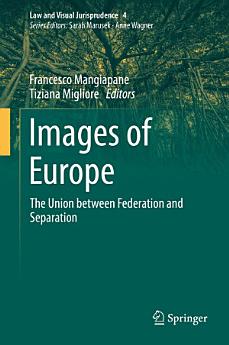Images of Europe: The Union between Federation and Separation
About this ebook
About the author
Francesco Mangiapane deals with Socio-Semiotics of Culture and has investigated issues related to visual identity, branding, social media and internet culture, food and cultural identity. He has teached Communication of food at the University of Gastronomic Sciences in Pollenzo and holds the course of Semiotics of Cultural Heritage at the Degree Course in Cultural Heritage Sciences of the University of Palermo and. Among his writings: Peppa Pig (2014), Retoriche social (2018). He is also editor of the special issue of International Journal for the Semiotics of Law dedicated to animality, entitled Animals in Law. He is a columnist on national and local newspapers and magazines.
Tiziana Migliore is adjunct professor of Semiotics at UniMercatorum University – Rome. She is the scientific secretary of the CiSS-International Center of Semiotic Sciences Umberto Eco, University of Urbino Carlo Bo, and the vice president of the International Association of Visual Semiotics. She has teached in several Universities, as IUAV Venice, Ca' Foscari University of Venice, University of Urbino Carlo Bo and University of Rome Tor Vergata. An expert of visual semiotics, rhetoric and aesthetics, her inquiry focuses on semiotic analysis of artworks. She has published Sensi del visibile: immagine, testo, opera (2018), Biennale di Venezia. Il catalogo è questo (2012), Miroglifici. Figura e scrittura in Joan Miró (2011), and more than 60 scientific articles in Italian and international journals.







